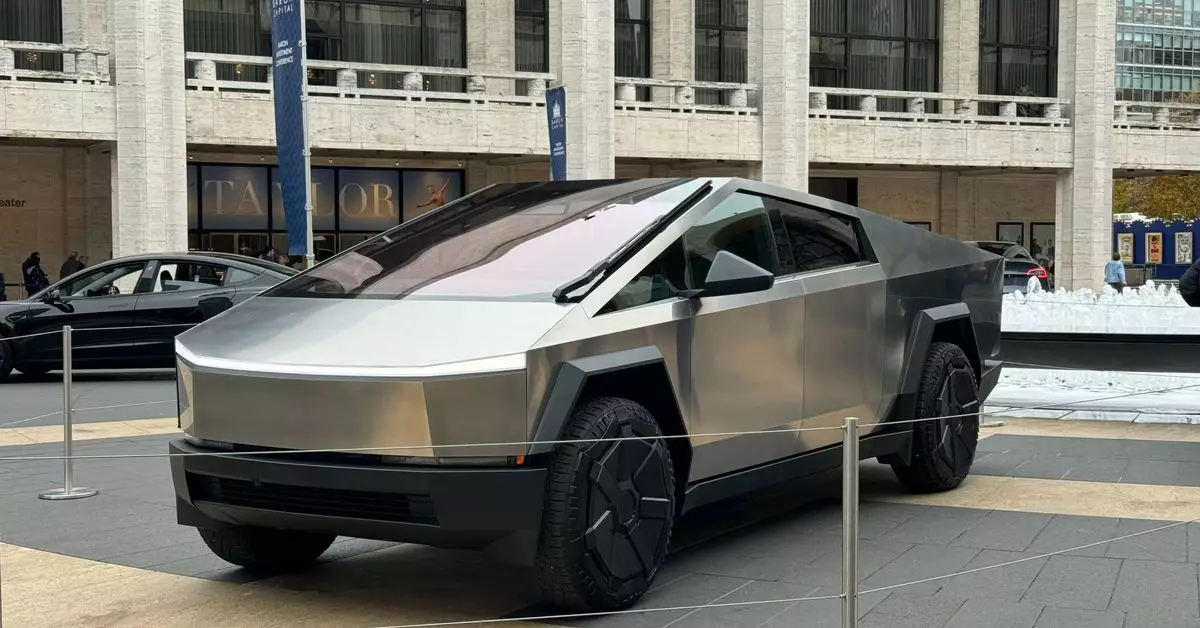The Tesla Cybertruck has grabbed headlines with its unconventional design and ambitious promises surrounding its technological features, particularly the Full Self-Driving (FSD) capability. As many enthusiasts awaited the long-anticipated integration of FSD into the Cybertruck since its launch in November 2023, reports began to surface from members of the Cybertruck Owners Club confirming that the feature is finally being rolled out. This news marks a significant milestone for Tesla, as it has neither launched nor made the feature available in its new electric pickup until now.
Tesla had set an ambitious timeline, claiming that the FSD functionality would be available by September, coinciding with the introduction of the Autopark feature. This proactive approach often positions Tesla at the forefront of automotive technology, but such timelines can sometimes stray from reality.
The latest update being circulated is version 12.5.5, and it is primarily targeted at Cybertruck models enrolled in Tesla’s early access program. This initiative highlights Tesla’s strategy of garnering feedback from a selected user base to refine its technologies before a wider release. Alongside core improvements in vehicle operation, the update features a vision-based attention monitoring system designed for drivers who wear sunglasses, underscoring Tesla’s attention to detail regarding user experience.
However, amidst the excitement surrounding these advancements, a recent test posted by Whole Mars Catalog raises questions about the reliability of the FSD system. Footage showcased the Cybertruck navigating an intersection but revealed a potentially dangerous moment wherein the vehicle nearly collided with a median after making an automatic turn. Such incidents are critical in assessing how well the technology safeguards drivers, illustrating the delicate balancing act Tesla faces between innovation and user safety.
While Cybertruck owners may find satisfaction in the initial rollout of FSD, Tesla fans are already setting their sights on the next iteration of the software, expected in October. FSD firmware version 13 is anticipated to introduce enhanced functionalities and may further build on the foundation laid down by version 12. This upcoming release is rumored to leverage “end-to-end neural nets,” which depend solely on AI and camera data, eliminating the need for supplementary sensors.
Yet, as Tesla progresses towards these innovations, potential users must consider the ramifications. The notion of fully autonomous driving brings not only remarkable possibilities but also substantial risks. The intersections of advanced technological deployment and practical real-world application must be navigated carefully by the developers and users alike.
While the rollout of Full Self-Driving features in the Tesla Cybertruck signifies a leap toward a futuristic automotive landscape, it also demands a critical examination of the technology’s capabilities and limitations. As Tesla moves forward with ambitious goals, the conversation around safety and reliability must remain at the forefront. With FSD v12.5.5 now deployed and v13 on the horizon, stakeholders must engage in ongoing discussions to ensure that innovation does not outpace responsible use.


Leave a Reply